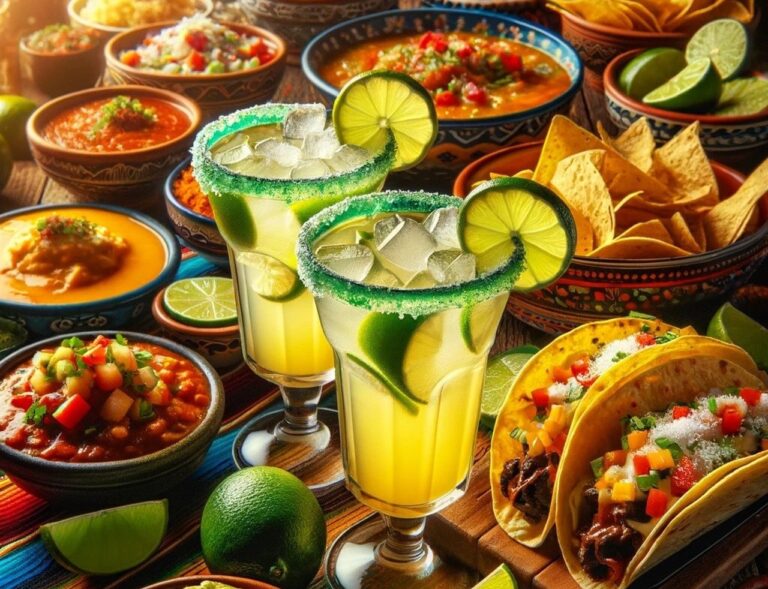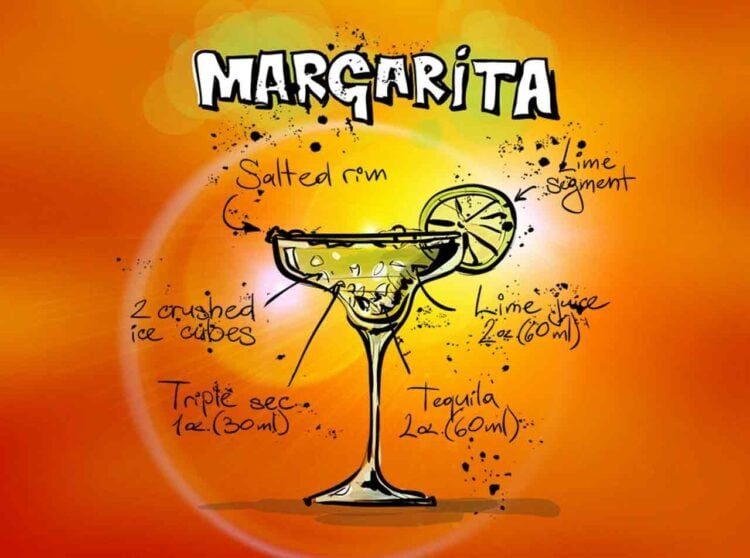Can Old Pots Make It To The Top?
 by André Gayot
I wonder: is there a single best restaurant in the entire world? On what basis could such a global title be awarded? Yet some have made a business of an annual proclamation with great fanfare of “The best restaurant in the world.”
To place things in perspective, let me remind you of the old tale of the three eateries competing on Main Street, Trouduculville, a former Canadian trapper post in Northern Nebraska. Mac Adam Smith, descendant of a Scottish settler, opened the first restaurant there and dubbed it with some restraint, “The best in town.” Gregory Braun, whose grandfather emigrated from Hungary between the two world wars had a broader ambition and embellished his establishment with the nickname, “The best in the country.” As to the latest restaurateur, Arturo Martinez of Mexican descent, he placidly ended the debate when he posted a big sign on the façade that read, “The best on the street.” That confirms that all things are relative, n’est-ce pas?
I am using their language to console the French who moan because no French restaurant has been voted the best in the world in the last ten years. They should not worry too much about their omission. Among the winners of the decade was El Bulli of Spain where Ferran Adrià seduced the palate of an American food writer with his cuisine, then coined “molecular”, which later converted to “techno-emocional.” The “emocion” was too striking, and El Bulli closed. But the crown of gastronomy had already fled from the heads of the French to land on those of the Spaniards, at least in some media.
The British, long-time pretenders to the same throne, had their heyday, too, with The Fat Duck of Heston Blumenthal. His wonderful fowl nested on the roof of the globe’s cuisine until some previously admiring diners complained that the chemicals used by Blumenthal in his concoctions had made them sick. The gelification, spherication, liquid atomization, foamization, and the siphonization, all the spectacular performances of the post-molecular preparations, have progressively lost their novelty and are less prone to mark the gastronomy of the 21st century.
In Copenhagen, Denmark, another troubled realm as we learned from Shakespeare’s Hamlet, René Redzepi of Noma has been sitting on the throne of the universe for the last three years. He is the hero of the furnace on which he concocts his preparations based on herbs, plants and products of this Northern Realm. All the better; forget Hamlet, let’s enjoy omelet (with fine herbs if possible).
Who’s next? The French seem to withdraw from the astronomical race. They content themselves with a more modest “bistronomical” target. Bistros are the new niche and the new craze. From bourgeois neighborhood spots they have turned into sophisticated gastronomy eateries. Not a great invention; the Gallic chefs just revived an old local saying that literally translates to “The best soup always stems from the old pots.” Or, experience always wins the day.
by André Gayot
I wonder: is there a single best restaurant in the entire world? On what basis could such a global title be awarded? Yet some have made a business of an annual proclamation with great fanfare of “The best restaurant in the world.”
To place things in perspective, let me remind you of the old tale of the three eateries competing on Main Street, Trouduculville, a former Canadian trapper post in Northern Nebraska. Mac Adam Smith, descendant of a Scottish settler, opened the first restaurant there and dubbed it with some restraint, “The best in town.” Gregory Braun, whose grandfather emigrated from Hungary between the two world wars had a broader ambition and embellished his establishment with the nickname, “The best in the country.” As to the latest restaurateur, Arturo Martinez of Mexican descent, he placidly ended the debate when he posted a big sign on the façade that read, “The best on the street.” That confirms that all things are relative, n’est-ce pas?
I am using their language to console the French who moan because no French restaurant has been voted the best in the world in the last ten years. They should not worry too much about their omission. Among the winners of the decade was El Bulli of Spain where Ferran Adrià seduced the palate of an American food writer with his cuisine, then coined “molecular”, which later converted to “techno-emocional.” The “emocion” was too striking, and El Bulli closed. But the crown of gastronomy had already fled from the heads of the French to land on those of the Spaniards, at least in some media.
The British, long-time pretenders to the same throne, had their heyday, too, with The Fat Duck of Heston Blumenthal. His wonderful fowl nested on the roof of the globe’s cuisine until some previously admiring diners complained that the chemicals used by Blumenthal in his concoctions had made them sick. The gelification, spherication, liquid atomization, foamization, and the siphonization, all the spectacular performances of the post-molecular preparations, have progressively lost their novelty and are less prone to mark the gastronomy of the 21st century.
In Copenhagen, Denmark, another troubled realm as we learned from Shakespeare’s Hamlet, René Redzepi of Noma has been sitting on the throne of the universe for the last three years. He is the hero of the furnace on which he concocts his preparations based on herbs, plants and products of this Northern Realm. All the better; forget Hamlet, let’s enjoy omelet (with fine herbs if possible).
Who’s next? The French seem to withdraw from the astronomical race. They content themselves with a more modest “bistronomical” target. Bistros are the new niche and the new craze. From bourgeois neighborhood spots they have turned into sophisticated gastronomy eateries. Not a great invention; the Gallic chefs just revived an old local saying that literally translates to “The best soup always stems from the old pots.” Or, experience always wins the day. 



